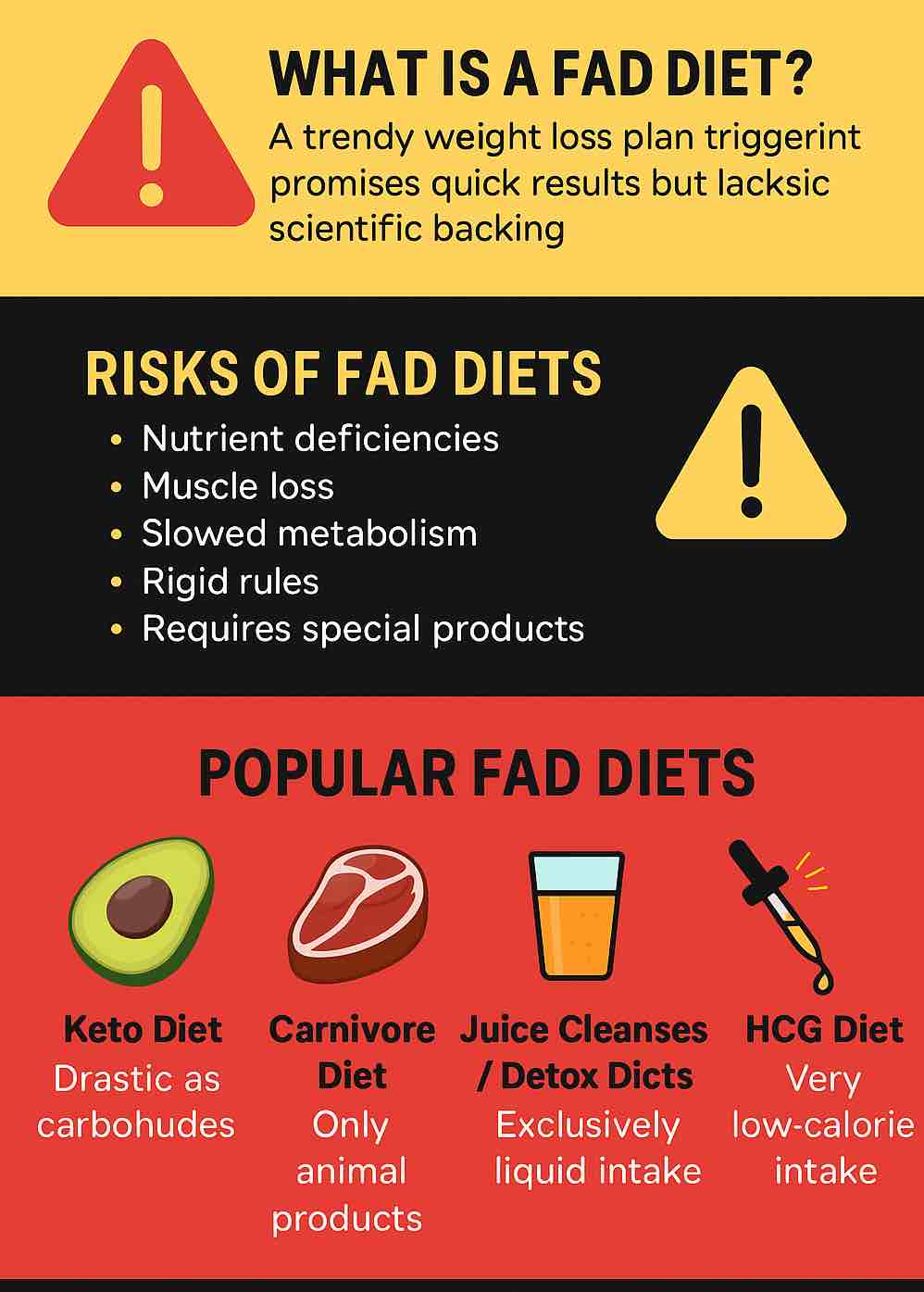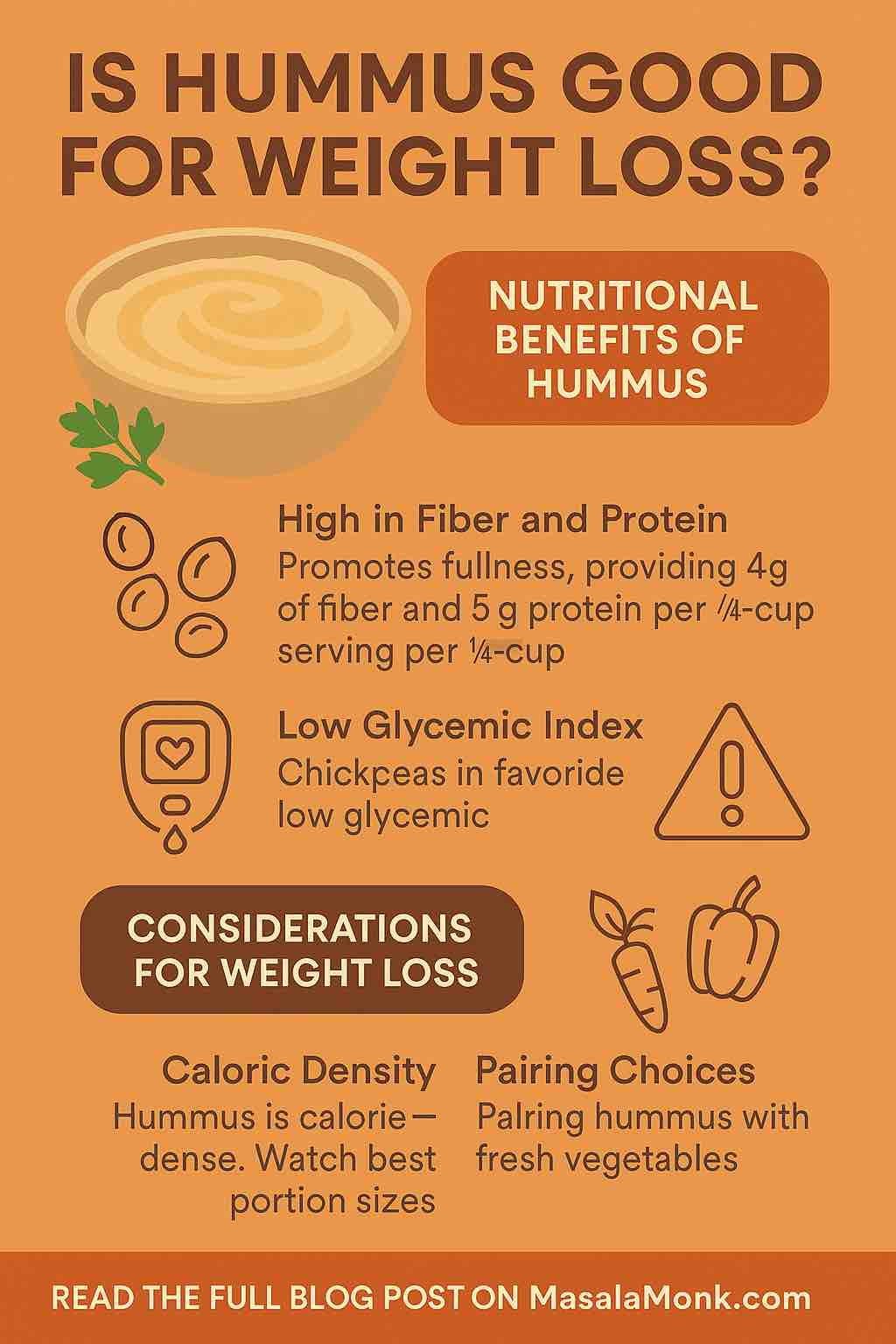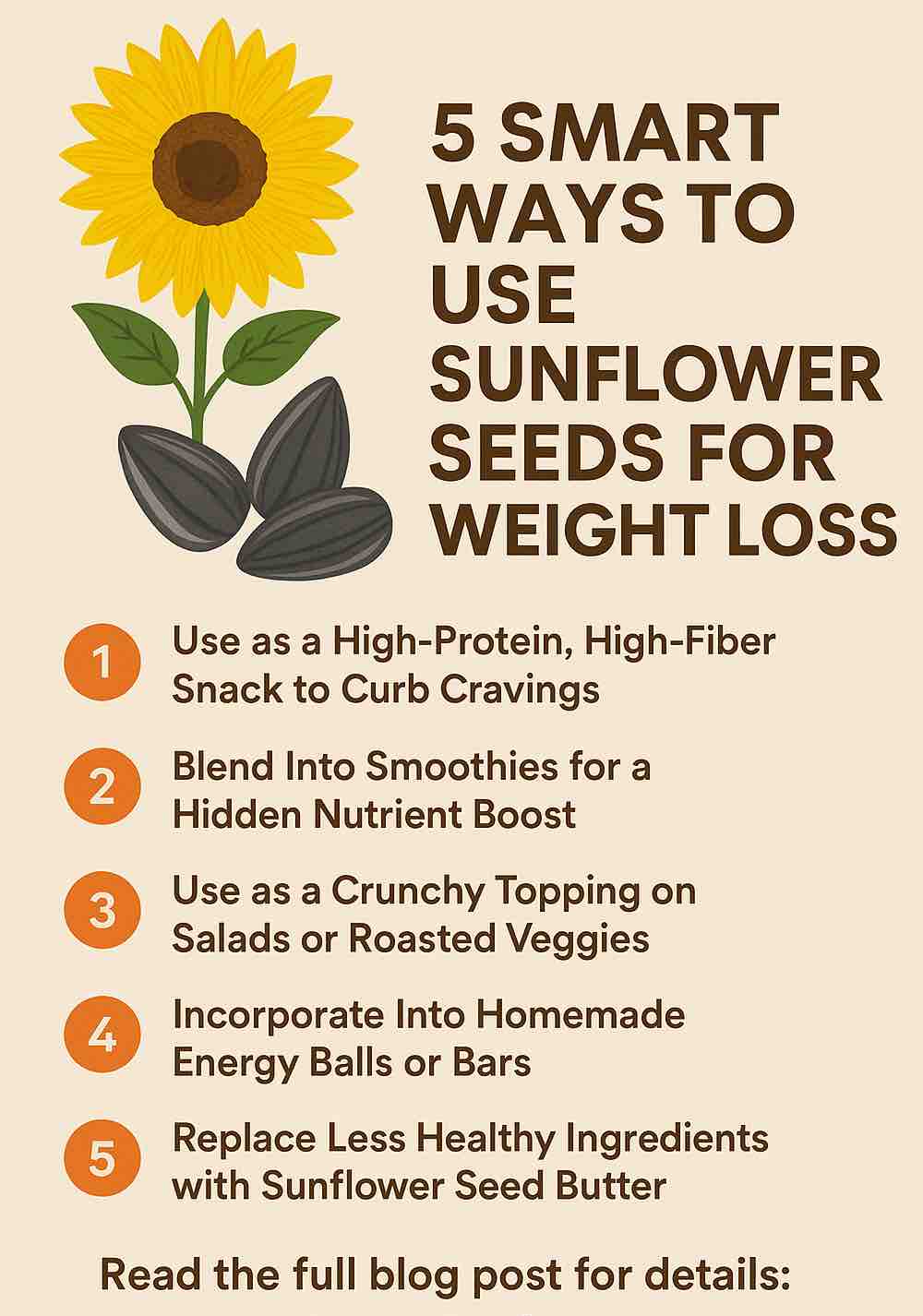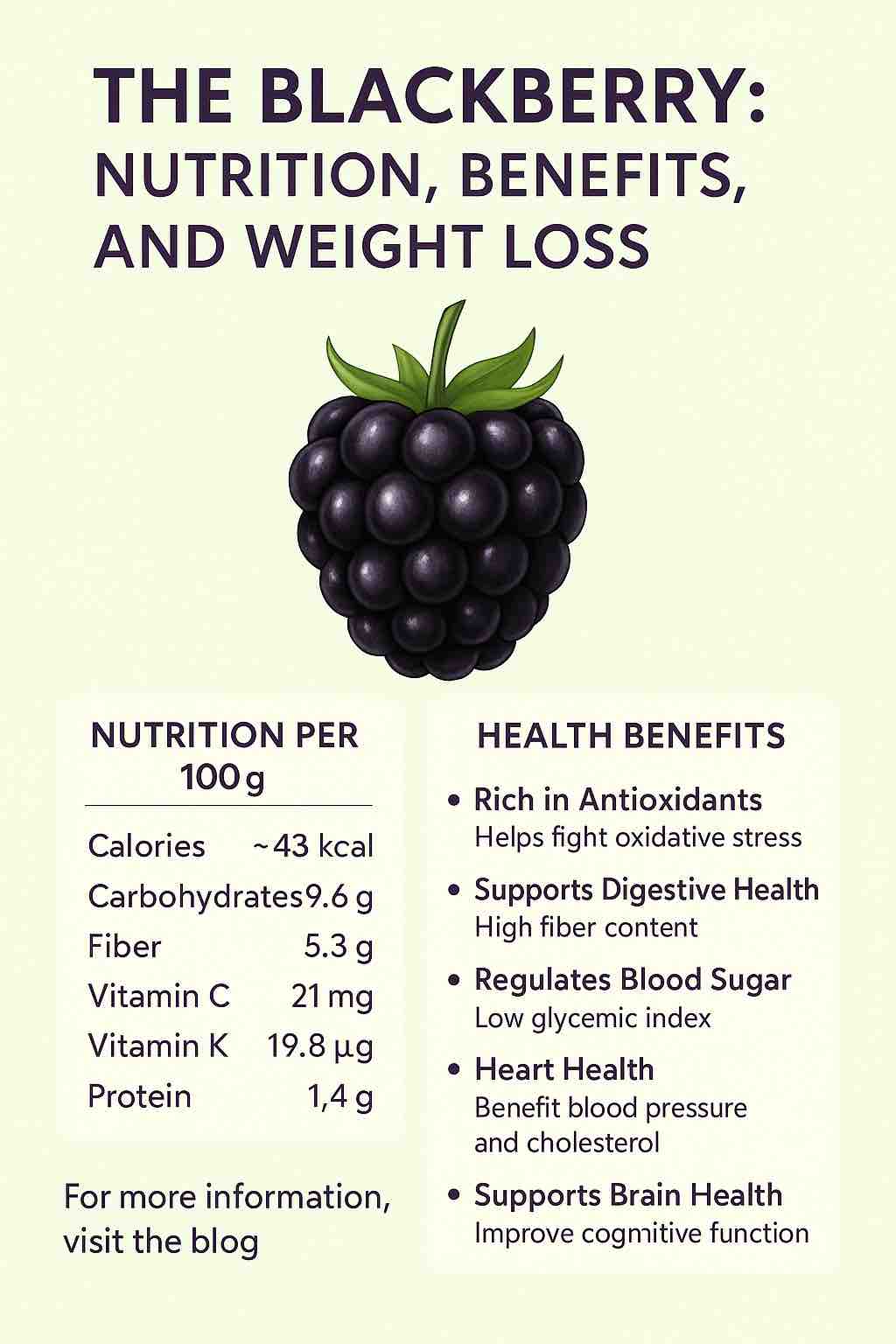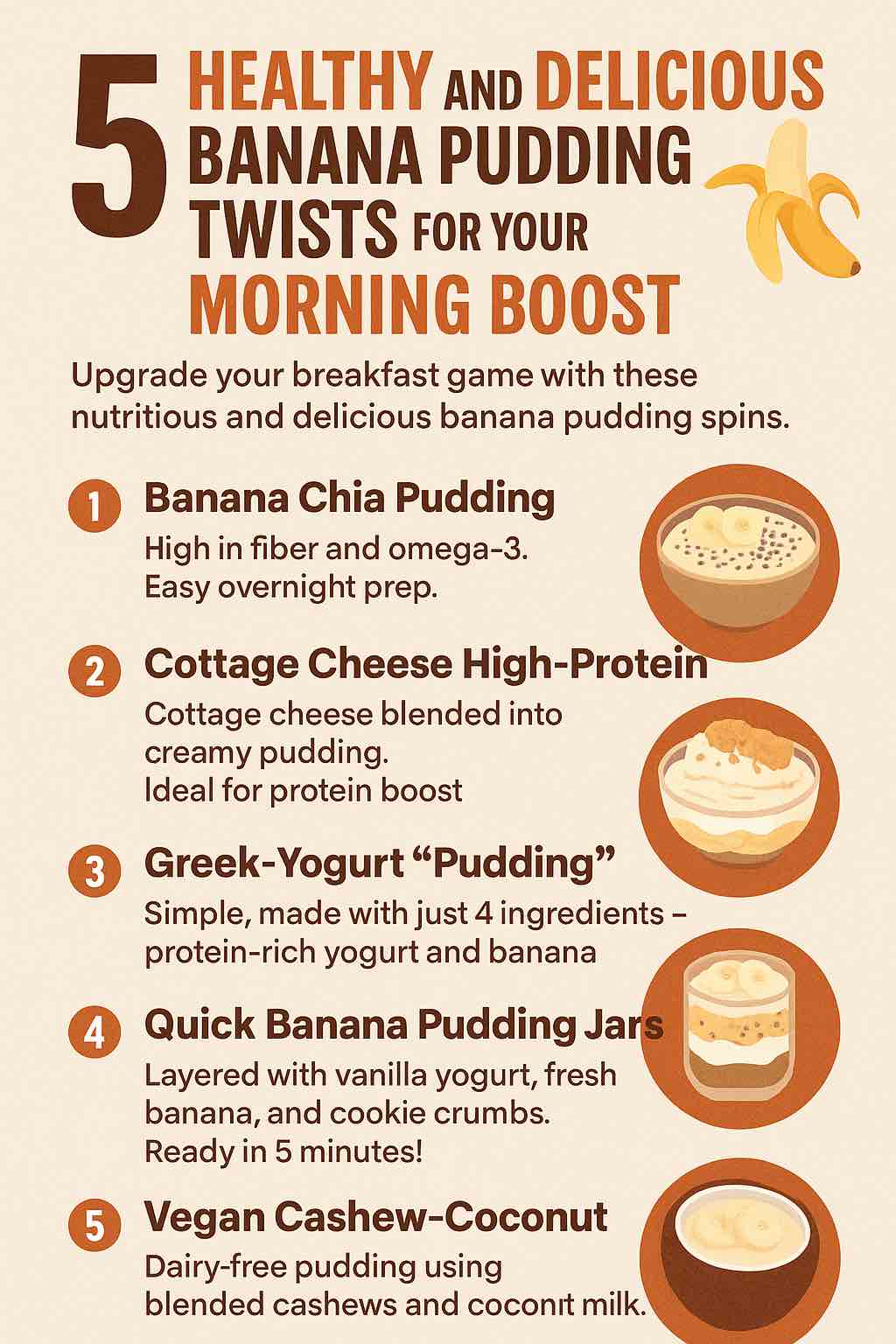
Banana pudding is more than just a Southern dessert classic. With the right ingredients and a little creativity, it can be transformed into a nourishing, energy-packed breakfast. Whether you’re rushing out the door or looking for a slow, satisfying morning, these five healthy twists on banana pudding bring all the comfort and sweetness you crave without the sugar crash.
1. Banana-Chia Power Pudding
Why it works: Packed with fiber, omega-3s, and antioxidants, chia seeds pair beautifully with bananas to create a naturally sweet, pudding-like breakfast that feels indulgent but is totally guilt-free.
Ingredients:
- 2 ripe bananas (mashed)
- 2 cups unsweetened almond or oat milk
- 6 tbsp chia seeds
- 1 tsp vanilla extract
- Optional: pinch of cinnamon or nutmeg
Instructions:
- Mash bananas in a bowl until smooth.
- Stir in milk, chia seeds, and vanilla extract.
- Let sit for 15 minutes, stir again to prevent clumps.
- Cover and refrigerate overnight.
- Serve with berries or crushed nuts in the morning.
Prep Tip: Stir again after 30 minutes to help the chia gel evenly.
Nutrition Per Serving: Approx. 180 calories, 6g protein, 9g fiber
2. Banana Pudding Overnight Oats
Why it works: Oats make this a hearty, slow-digesting option that keeps you full all morning. The banana and vanilla combo adds natural sweetness, and layering gives it that pudding parfait feel.
Ingredients:
- 1 ripe banana (mashed)
- 1/2 cup rolled oats
- 1/2 cup Greek yogurt or plant-based yogurt
- 1/2 cup almond milk
- 1 tsp vanilla extract
- Optional: chopped walnuts, honey, or cinnamon
Instructions:
- Mix all ingredients together in a mason jar or container.
- Refrigerate overnight.
- In the morning, stir and add desired toppings.
Meal Prep Friendly: Make 2–3 jars ahead for the week.
Nutrition Per Serving: Approx. 250 calories, 10g protein, 5g fiber
3. High-Protein Cottage Cheese Banana Pudding
Why it works: This twist brings a creamy texture and a big protein punch. Perfect post-workout or when you’re craving something richer without being heavy.
Ingredients:
- 1 cup low-fat cottage cheese
- 1 ripe banana
- 1/2 tsp vanilla extract
- 1 scoop vanilla protein powder (optional)
- Optional: sweetener of choice (e.g. maple syrup, stevia)
Instructions:
- Blend all ingredients until smooth.
- Chill for 30 minutes for a thicker consistency.
- Top with crushed whole-grain wafers, sliced bananas, or nuts.
Quick Hack: No blender? Just mash banana and stir in the rest.
Nutrition Per Serving: Approx. 300 calories, 20–25g protein
4. Vegan Cashew-Coconut Banana Pudding
Why it works: This creamy, dairy-free version uses healthy fats from cashews and coconut milk for richness and a subtle tropical flavor.
Ingredients:
- 1/2 cup soaked cashews (4–6 hours)
- 1 ripe banana
- 1/2 cup coconut milk
- 1 tbsp maple syrup
- 1/2 tsp vanilla extract
- 1 tsp lemon juice
Instructions:
- Blend all ingredients until creamy.
- Chill for 1 hour or overnight.
- Top with toasted coconut flakes or berries.
Vegan Delight: A crowd-pleaser for plant-based diets.
Nutrition Per Serving: Approx. 290 calories, 4g protein, healthy fats
5. Banana Pudding Breakfast Jars (5-Minute Meal Prep)
Why it works: The fastest, most customizable version. Use Greek yogurt or Skyr, banana, and crunchy toppings for a pudding-meets-parfait hybrid.
Ingredients:
- 1/2 cup Greek yogurt or Skyr
- 1 ripe banana (sliced or mashed)
- 1 tbsp nut butter (optional)
- Crushed whole-grain crackers, seeds, or granola
Instructions:
- Layer yogurt, banana, and crunch toppings in a jar.
- Eat immediately or refrigerate for up to 2 days.
On-the-Go Bonus: Great for kids and adults alike.
Nutrition Per Serving: Approx. 250–300 calories, depending on toppings
Final Thoughts
Banana pudding doesn’t need to be a sugar-laden dessert. With these five variations, you can turn this comforting favorite into a nutritious, protein-rich, and fiber-packed breakfast. From overnight oats to vegan delights, there’s a banana pudding twist for every palate and dietary need.
Tip: Always use ripe bananas—they’re sweeter and easier to digest. Add texture with nuts, seeds, and spices like cinnamon or cardamom.
Let breakfast be something you look forward to, not just another task. Try one of these banana pudding twists tomorrow morning—and fuel your day with something as good for your body as it is for your taste buds.
Have a favorite banana pudding recipe or twist? Share it in the comments below or tag us with your creations! #BananaPuddingBreakfast
FAQs
- Can I make these banana pudding breakfasts ahead of time?
Yes! Most of these recipes (especially chia pudding and overnight oats) are ideal for meal prep. They stay fresh in the fridge for 3–5 days. - Are these recipes suitable for kids?
Absolutely. Kids love the natural sweetness of bananas. Just skip added sweeteners if desired and use nut-free toppings for school safety. - Can I use frozen bananas?
Yes, thaw them first. Frozen bananas work great for blended recipes like the cottage cheese or vegan cashew pudding. - How ripe should the bananas be?
Use ripe bananas with brown spots—they’re sweeter, easier to mash/blend, and better for digestion. - What can I substitute for chia seeds if I don’t have them?
You can use ground flaxseed or just skip them and increase oats or thick yogurt depending on the recipe. - Are these recipes gluten-free?
Most are naturally gluten-free—just ensure toppings (like granola or wafers) are certified gluten-free if needed. - Which recipe is highest in protein?
The Cottage Cheese Banana Pudding (with optional protein powder) and Greek Yogurt Jars offer 20g+ protein per serving. - What non-dairy milk works best?
Unsweetened almond, oat, or coconut milk are great options depending on your flavor preference. - Can I use these recipes for weight loss?
Yes. They are high in fiber, protein, and healthy fats—great for satiety. Portion control and balanced toppings help optimize them for weight goals. - How can I add crunch or texture to these puddings?
Add nuts, seeds (like pumpkin or sunflower), toasted coconut, granola, or crushed crackers for contrast and extra nutrients.

